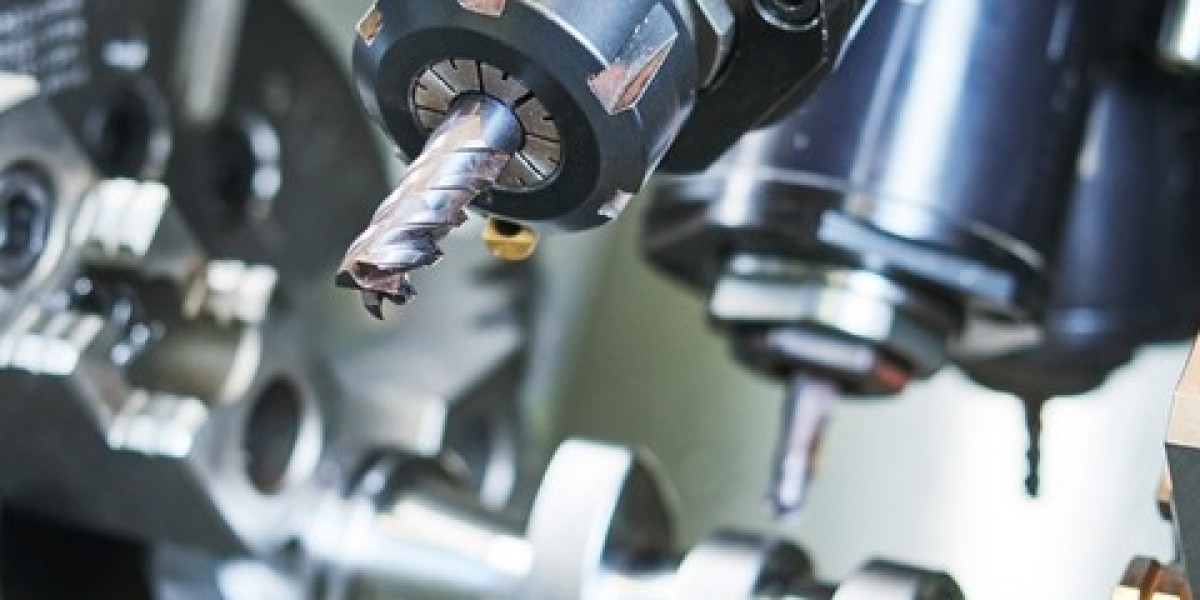Steel machining is a fundamental process in manufacturing industries, vital for creating a wide array of products ranging from automotive components to aerospace parts. Achieving precision and efficiency in steel machining requires a combination of knowledge, skills, and the right tools and techniques. This guide aims to provide a detailed overview of steel machining, covering essential aspects from material selection to cutting strategies.
Material Selection: Choosing the right steel grade is crucial for successful machining. Factors to consider include the steel's composition, hardness, and machinability rating. Common steel grades for machining include carbon steels, alloy steels, and stainless steels. Consultation with material suppliers or reference to machinability charts can aid in selecting the most suitable steel for the intended application.
Tooling Selection: Selecting appropriate cutting tools is essential for achieving high-quality machined surfaces and prolonging tool life. For steel machining, carbide inserts are preferred due to their hardness and heat resistance. Consider factors such as tool geometry, coating, and chip control when selecting cutting tools. High-speed steel (HSS) tools can also be effective for machining softer steel grades or for certain applications.
Machining Parameters: Optimizing machining parameters such as cutting speed, feed rate, and depth of cut is critical for achieving efficient material removal while maintaining workpiece integrity. Start with conservative parameters and gradually increase cutting speeds and feeds while monitoring tool wear and workpiece quality. Balancing material removal rates with tool life is essential for maximizing productivity.
Coolant and Lubrication: Using coolant or lubricant during steel machining helps dissipate heat, reduce friction, and improve chip evacuation, leading to better surface finish and extended tool life. Choose the appropriate coolant/lubricant based on machining operations and environmental considerations. Flood cooling is common for most steel machining processes, but for specific applications, such as high-speed machining, mist or air/oil lubrication may be more suitable.
Cutting Strategies: Various cutting strategies can be employed depending on the complexity of the workpiece and machining requirements. Common techniques include turning, milling, drilling, and grinding. Employing multi-axis machining and advanced toolpath strategies can enhance productivity and precision. Additionally, consider the use of special tooling, such as indexable inserts and solid carbide end mills, for specific machining operations.
Quality Control: Implementing rigorous quality control measures is essential for ensuring the dimensional accuracy and surface finish of machined steel components. Utilize precision measuring instruments such as calipers, micrometers, and surface roughness testers to verify part dimensions and surface quality. Regular maintenance of machining equipment and tools is also crucial for consistent performance.
Conclusion: Mastering steel machining requires a combination of technical knowledge, practical skills, and attention to detail. By carefully selecting materials, tools, and machining parameters, and employing effective cutting strategies, manufacturers can achieve high levels of precision and efficiency in steel machining operations. Continuous improvement through experimentation, process optimization, and adherence to quality standards is key to success in steel machining.







